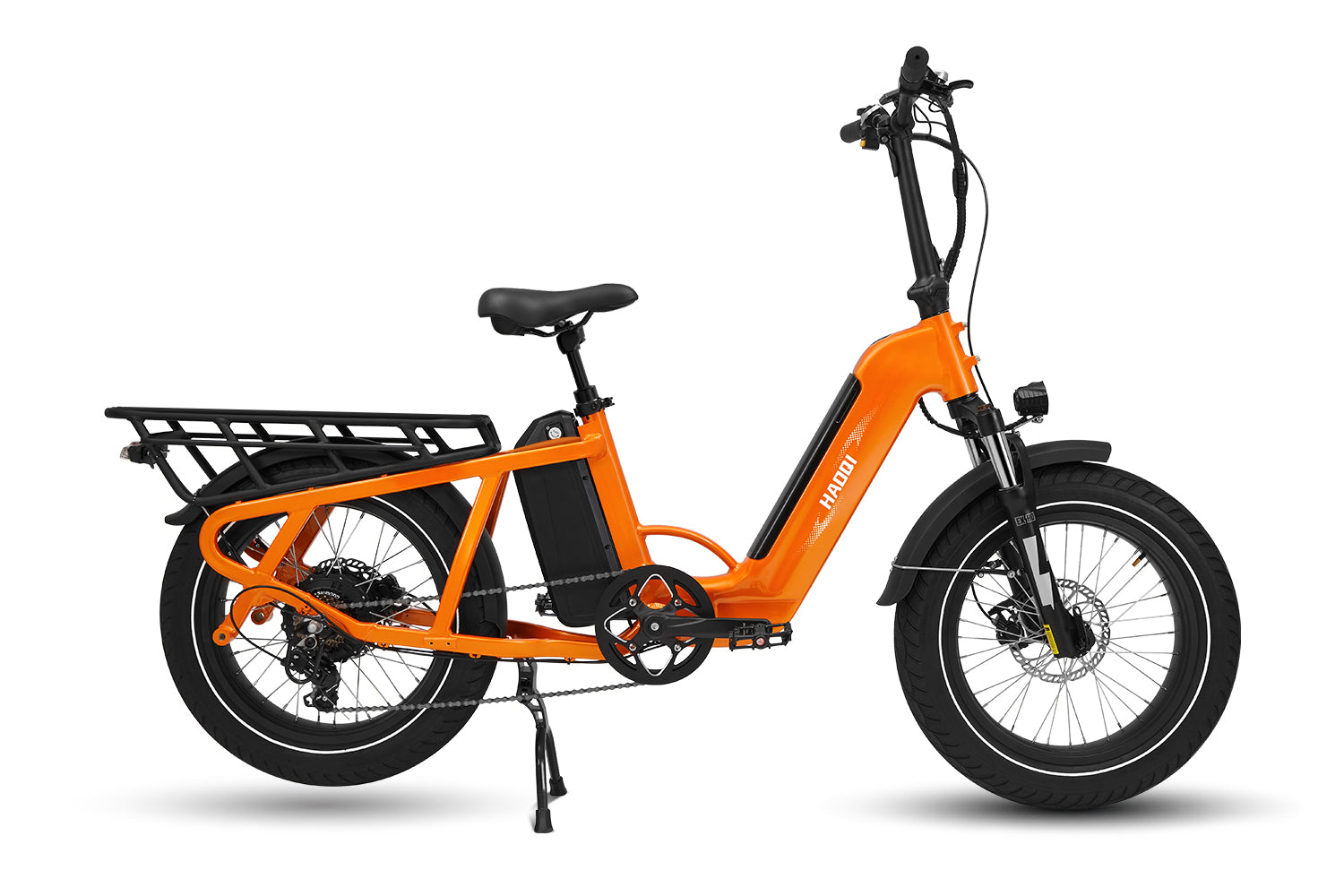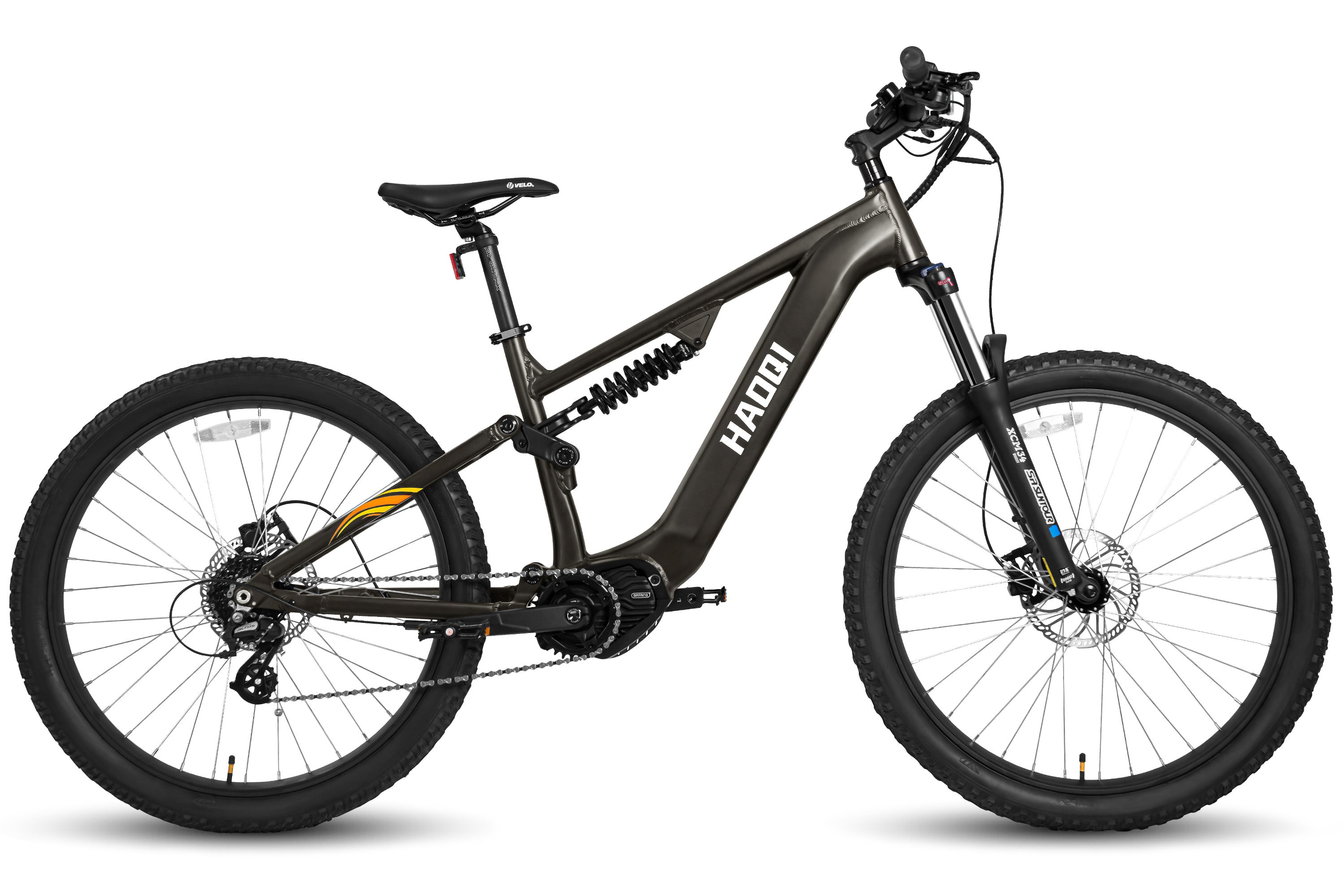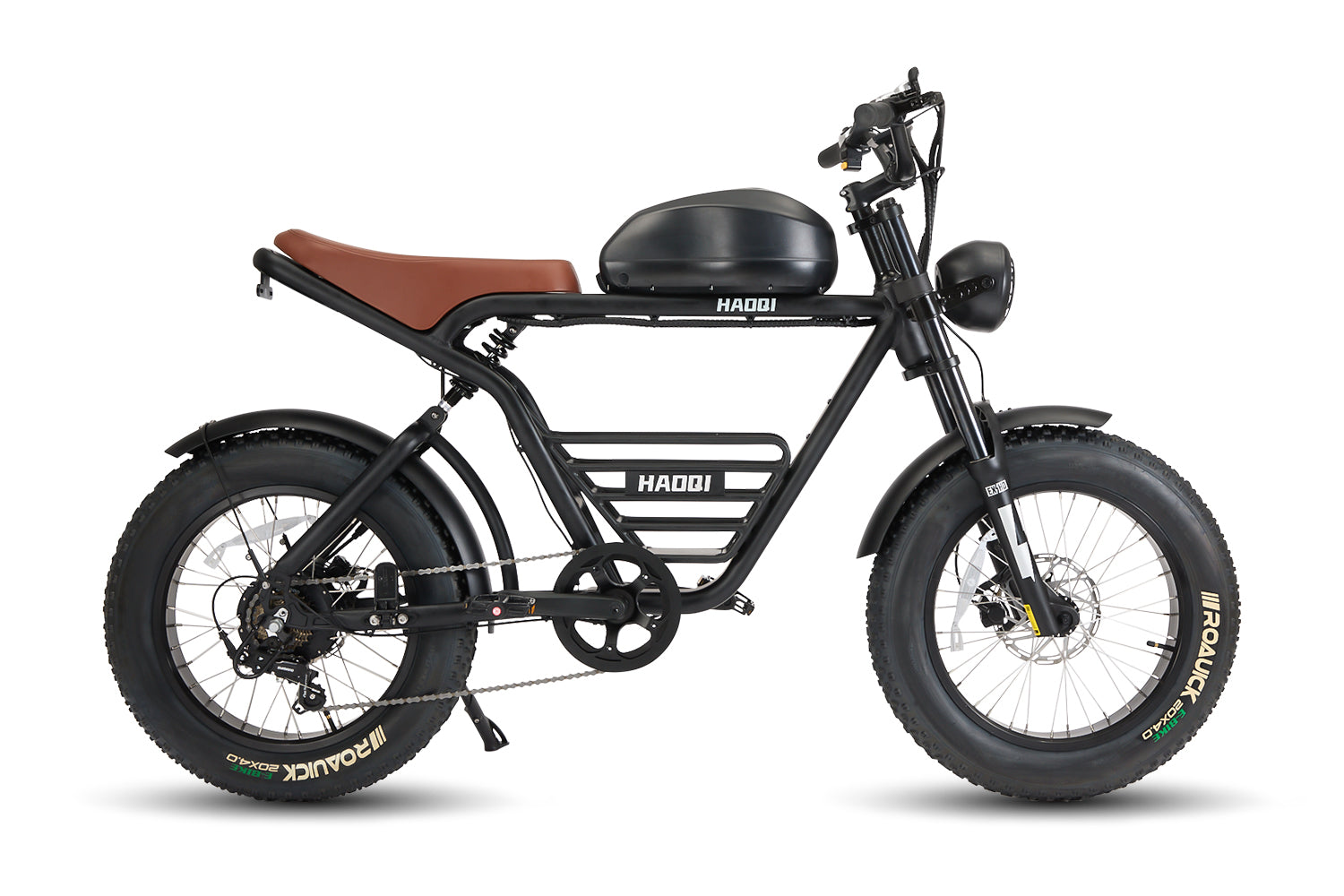Maintaining the health of your e-bike battery is not just about how you use it, but also how you store it. Proper storage is essential to extend the lifespan and preserve the efficiency of your electric bike's battery. In this guide, we'll explore effective strategies on how to store ebike battery, ensuring they remain potent and ready for your next ride. From identifying ideal storage conditions to addressing common errors that can degrade battery health, this article provides a comprehensive overview for every e-bike owner. Stay tuned to learn how to keep your battery in prime condition, enhancing both its performance and longevity.

Importance of Proper Storage of E-bike Batteries
Proper storage of e-bike batteries is crucial for several reasons:
Proper storage conditions can significantly prolong the battery's operational lifespan, ensuring your e-bike remains reliable for years.
Batteries stored incorrectly pose a fire risk. Appropriate storage mitigates potential hazards, keeping both the environment and users safe.
By maximizing battery life, you reduce the frequency of costly replacements, which can be a substantial financial saving over the lifetime of your e-bike.
Correct storage ensures that the battery maintains its capacity and power output, which contributes to the consistent performance and range of your e-bike.
How to Store Electric Bike Batteries
Storing your e-bike battery correctly involves several key steps to ensure safety and prolong its lifespan. Here's how to safely store e-bike battery:
Cleaning and Preparation:
Before placing the battery into storage, ensure it is clean and dry. Wipe away any dirt, grime, or debris using a soft cloth. If needed, a mild detergent can be used, but ensure no moisture remains on the battery. Inspect the battery for signs of wear or damage such as cracks or leaks. Address any issues before proceeding to storage to avoid safety hazards or further damage.
Maintaining Charge Level:
Store the battery with a charge level between 60% to 70%. This charge range is ideal for maintaining the battery's internal chemical balance, preventing stress on the cells, and extending its lifespan. Storing the battery at a full charge can lead to premature aging, while allowing the battery to fully discharge may lead to irreversible damage due to deep discharge.
Separating the Battery from the E-bike:
Detach the battery from the electric bike to prevent unnecessary electrical drain and reduce risks of accidental activation. Storing the battery separately also facilitates more flexible storage options and minimizes the risk of damage to both the bike and the battery.
Choosing the Right Storage Container:
Select a storage container that is resistant to impact and does not conduct electricity, such as plastic or specially designed battery cases. Metal containers should be avoided as they can conduct electricity and potentially cause short circuits. Ensure the container is also resistant to moisture and extreme temperatures to provide the best protection for the battery.
Finding an Ideal Storage Location:
Store the battery in a cool, dry environment with a stable temperature, ideally between 10°C to 25°C (50°F to 77°F). Avoid areas where the battery might be exposed to flammable materials, water, or high humidity. Extreme temperatures and fluctuations can also affect the battery's performance and lifespan.
Following Manufacturer Guidelines:
Always refer to the manufacturer’s guidelines for specific instructions related to your battery's chemistry and construction. These guidelines can provide additional insights and recommendations for optimal storage conditions.

Common Mistakes to Avoid When Storing E-Bike Batteries
Having covered the right ways to store electric bike batteries, let's shift our focus to the common pitfalls to avoid in order to maintain optimal battery health.
Exposing to Extreme Temperatures:
High temperatures can cause overheating, reducing capacity and potentially damaging the battery. Similarly, very cold temperatures can also negatively affect performance.
Leaving the Battery Fully Charged or Discharged:
Storing batteries at full charge for extended periods can stress the cells, leading to a shorter lifespan. Similarly, leaving the battery completely discharged can cause it to fall into a deep discharge state, potentially making it unusable.
Ignoring Manufacturer’s Storage Instructions:
Each battery type might have specific storage guidelines provided by the manufacturer. Failing to follow these instructions can void warranties and lead to battery failure.
Neglecting to Disconnect the Battery:
Failing to disconnect the battery from the e-bike during extended storage periods can lead to slow drain of the battery as some electrical components might still consume power even when the bike is off. Always disconnect the battery if you do not plan to use the e-bike for a while.
Storing Batteries Unsecured:
Ensure that the battery is securely placed and isn’t at risk of falling or being knocked over. Physical impacts can damage internal cells and lead to dangerous leaks.
Neglecting Proper Check:
Don't leave it in a storage container without checking it for a very long time. Consistently check the battery for any signs of wear, such as cracks or leaks, and address them promptly to prevent further damage.
Conclusion
All in all, proper storage of your e-bike battery is a crucial step in ensuring the longevity and reliability of your electric bike. By learning how to store e-bike battery properly, you not only preserve the health of your battery but also enhance the overall performance of your e-bike. This leads to fewer replacements, reduced costs, and more enjoyable rides. Follow these guidelines to get the most out of your e-bike battery and enjoy every journey to its fullest.
FAQ
Do I Need to Check The Safety of My E-bike Battery Regularly?
Yes, it is necessary to regularly check the safety of your e-bike battery. Regular inspections help ensure the battery is functioning properly and safely. This includes checking for any signs of damage, corrosion, or unusual discharge patterns. Routine checks can prevent performance issues and increase the longevity of the battery.
Are All E-bike Batteries Stored The Same Way?
No, not all e-bike batteries are stored the same way. Storage guidelines can vary based on the battery type—lithium-ion, lead-acid, or nickel-based—and the manufacturer's recommendations. Generally, it is advisable to store batteries in a cool, dry place and at a partial charge for extended periods of inactivity to maintain battery health.
How to Store E-bike Battery For Winter?
To store an e-bike battery for winter, first ensure it is clean and dry. Charge the battery to 50-70% of its capacity to avoid stress and prolong its lifespan. Store the battery in a cool, dry place, ideally at temperatures between 0°C and 20°C (32°F to 68°F).





![HAOQI Antelope 500W Cargo Electric Bike (UL Certified) [electric bike] [HAOQI ebike]](http://haoqiebike.com/cdn/shop/products/haoqi-antelope-cargo-electric-bike-with-dual-battery-haoqiebike-com-1.jpg?v=1753954498&width=1500)
![HAOQI Squirrel Folding Electric Bike (UL Certified) [electric bike] [HAOQI ebike]](http://haoqiebike.com/cdn/shop/files/1_03c67b67-715e-4617-a648-51f108ceb425.jpg?v=1766473332&width=1500)

![HAOQI Eagle Long Range Electric Bicycle (UL Certified) [electric bike] [HAOQI ebike]](http://haoqiebike.com/cdn/shop/files/2_bf7ae46b-aad6-472a-9c14-d56ca3f0feb6.jpg?v=1755142722&width=1500)

![HAOQI Antelope Pro 750W Cargo Electric Bike (UL Certified) [electric bike] [HAOQI ebike]](http://haoqiebike.com/cdn/shop/products/haoqi-antelope-pro-cargo-electric-bike-with-dual-battery-750w-haoqiebike-com-1.jpg?v=1751610204&width=1500)









Leave a comment
All comments are moderated before being published.
This site is protected by hCaptcha and the hCaptcha Privacy Policy and Terms of Service apply.